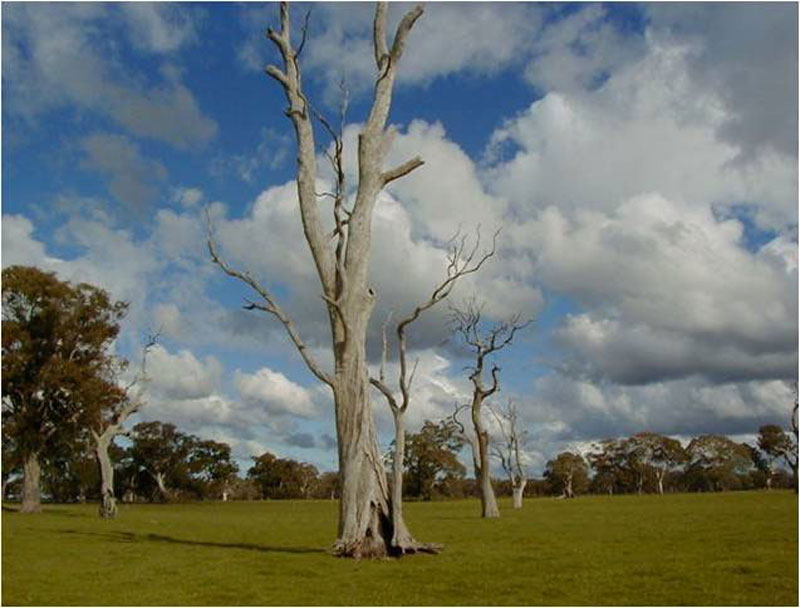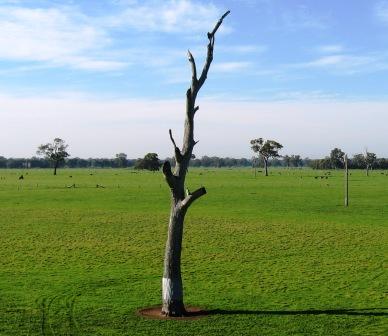Reporting new nests helps to inform SE Red-tailed Black-Cockatoo conservation
Background
Over the past two decades field researchers and volunteers have spent a lot of time and money attempting to locate Red-tailed Black-Cockatoo nests. About 80 nests have been located in doing so. The proportion of juvenile birds counted in flocks indicates that there are many more active nests than those currently known to the Recovery Team. Finding new nests has proved difficult and expensive. For example, in 2008 the Recovery Team engaged an experienced consultant, assisted by several experienced volunteers for a month and only located two new nests.
In July 2011 BirdLife Australia and the South-eastern Red-tailed Black-Cockatoo Recovery Team launched and trialled an innovative new Nest Incentive Scheme from a grant obtained from the Nature Foundation of South Australia, in an attempt to locate ‘new’ nest sites of the endangered South-eastern Red-tailed Black-Cockatoo across the species range in south-eastern South Australia and south-western Victoria.
The scheme, which rewarded landholders and members of the public for the discovery of new nests, has proved to be a great success with a total of 31 new nests located since July 2011. In the 2016-2017 season a record of nine new nests were found near Casterton and Edenhope thanks to the reports from local landholders and the work of Richard Hill and PhD student Daniella Teixeira.
Why find new nests?
Knowing the location of nest sites enables:
• Collaring of nest trees to protect nests from terrestrial predators (eg Brush-tailed Possums, Tree Goannas)
• Monitoring the outcome of nests relative to local food resources through low disturbance bioaccoustic monitoring.
• To help inform targeting of habitat protection and restoration incentives
• Improved planning for controlled burns in stringybark feeding habitat
• Individual contact with key landholders to increase their awareness of Red-tailed Black-Cockatoo requirements and threats
• Feedback from key landholders on how the Recovery Program can assist them
• Increased potential for surveillance and apprehension of nest robbers.
How it works
Reporting nesting behaviour such as a single male observed flying in an area, a pair of red-tails drinking at a waterhole in the early morning or late afternoon, helps inform the Recovery Program of potential nest locations, as well as reporting trees where birds are actually nesting.
How to report
Read the Guidelines and the Description of Nesting Behaviour
You will need to supply as much detail as possible;
• Have you confirmed the bird is a Red tail not Yellow tail? Go to audio to listen to the different calls. If possible, take a photo.
• Describe the tree. How tall is it? How far off the ground is the hollow? What diameter is the hollow entrance. What is the diameter at base, What type of tree (stringybark, red gum etc) and is it alive or dead?
• Describe the behaviour of the birds. How many birds are there? Which direction do they fly? Have you seen them feeding or drinking? What time did they arrive at the nest and when they leave?
When you have done this phone the project coordinator, Rachel Farran on 1800 262 062 or email redtail@birdlife.org.au.
The previous nest incentive scheme was funded by the Australian Government's National Landcare Program and supported by South East Natural Resources, Wimmera Catchment Management Authority, Glenelg Hopkins Catchment Management Authority and BirdLife Australia.
Next page: Media
.png)


